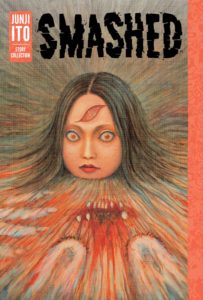
Story & Art: Junji Ito
Translation & Adaptation: Jocelyne Allen
Touch-Up Art & Lettering: Eric Erbes
Publisher: VIZ Media
Junji Ito is a big name in horror comics, both within and outside of manga readership. His adept pen captures beauty fractured by otherworldly circumstance, immerses readers in a world where everyday life is always just slightly, sometimes imperceptibly off. And in recent years, he has enjoyed an increase in popularity, thanks in no small part to more of his works hitting the North American market through beautiful hardcover collections published by VIZ Media. The newest offering in this fashion, Smashed, is another triumph of both design and spookiness, its trade dress matching beautifully with last year’s release of Ito’s Frankenstein adaptation. This popularity has resulted in his finally appearing at conventions in North America, starting with the Toronto Comic Arts Festival in May, and continuing with the upcoming Crunchyroll Expo at the end of August.
Though Ito has a couple longer-form manga in his portfolio, he is most comfortable with the short story, hence the proliferation of anthologies. But the short story suits horror, especially Ito’s brand, which operates almost like a sick joke, delivering a shocking punchline and no real resolution much of the time. In fact, though his stories are very firmly horror, it is clear that Ito has a very sophisticated sense of humor. His grotesque characters are so patently absurd that, if the reader steps away from the chilling or gross-out factors of the story itself, it’s obvious how silly the whole premise really is.
To highlight this odd blend of the scary and the slapstick, Smashed contains the story “Ghosts of Primetime,” about two odd women comedians whose entire goal is to cause their audiences to die laughing. Their jokes are actually abysmal, but they are able to project their own spirits out into the audience and tickle them to produce the desired effect. They rise to incredible success despite their hackneyed act and terrorize all of Japan with their deadly methods. Does it get any more absurd than that?
Well, yes. “Ghosts of Primetime,” while fun, is not the strongest story in this collection. Long time Ito fans will appreciate the inclusion of several stories about Soichi, one of the mangaka’s recurring weirdo characters who delights in all things macabre and insists on keeping rows of nails in his mouth. Two of the tales, “The Mystery of the Haunted House” and “The Mystery of the Haunted House: Soichi’s Version,” depict him in adulthood, married and with a hideous monster of a child who enjoys eating people who traipse through the family’s haunted house attraction. Think The Addams Family but low on charm and high on actual horror. The third story, “Soichi’s Beloved Pet,” goes back in time to the Soichi many readers will recognize: young, angry, and strange, intent on cursing his enemies (which includes just about everyone around him). His sister ends up adopting a stray cat, which Soichi initially hates, but in time grows to love it for its propensity to commit the everyday atrocities that every cat owner must battle — eating strange bugs, ripping up all the furniture, et cetera. The enormous panel of extra-creepy Collon the cat carrying some unearthly, many-eyed bug out from under the house, though obviously exaggerated to great horrific effect, will surely make cat lovers everywhere howl with its authenticity.
There are some more straightforward spooky stories, like “Earthbound,” where people are mysteriously bound to a spot in weird, twisted positions, eventually left to die and crumble. Or “Death Row Doorbell,” wherein a former gang member on death row who had killed and maimed members of a family projects his spirit to that family’s home to beg for forgiveness, night after night. And “I Don’t Want to Be a Ghost” is a twist in your classic ghostly female hitchhiker legend. Somehow, however, these stories don’t stand as strongly as their more humorous counterparts.
And then there is “Library Vision,” which is especially haunting for booklovers. In this story, a young woman is worried about her husband, whose love of reading is suddenly pushed to extremes. He has inherited an extensive library from his parents, and he feels compelled to memorize all of it in an effort to combat the strange visions he sees, figures which he believes represent characters in two books that his parents read to him: a sweet beautiful woman from his mother’s favorite novel, and a horror figure his father introduced to him after his mother’s death. In and amongst all of the delightful pulp of this anthology, “Library Vision” stands out as a poignant story about family, psychology, and fear.
Ito’s artwork, as usual, is nothing short of extraordinary. Whether he is depicting a beautiful horror-stricken ingenue or a vicious, many-toothed cannibal, his pen work is gorgeous. He has an innate sense of when to emphasize detail and when to let images stand on their own, and his details — hatching, cross-hatching, stippling, full black inks — give rich texture to his work. The back of the hardcover volume touts Ito as “The Master of Horror,” and it is a fair assessment of a man whose unique vision, though inspired by those before him such as Hideshi Hino and Kazuo Umezu, towers, terrifying, atop the mountain of modern horror artists. For those interested in incorporating this spine-tingling tome into their personal libraries, more information, as well as a free preview, can be found here.


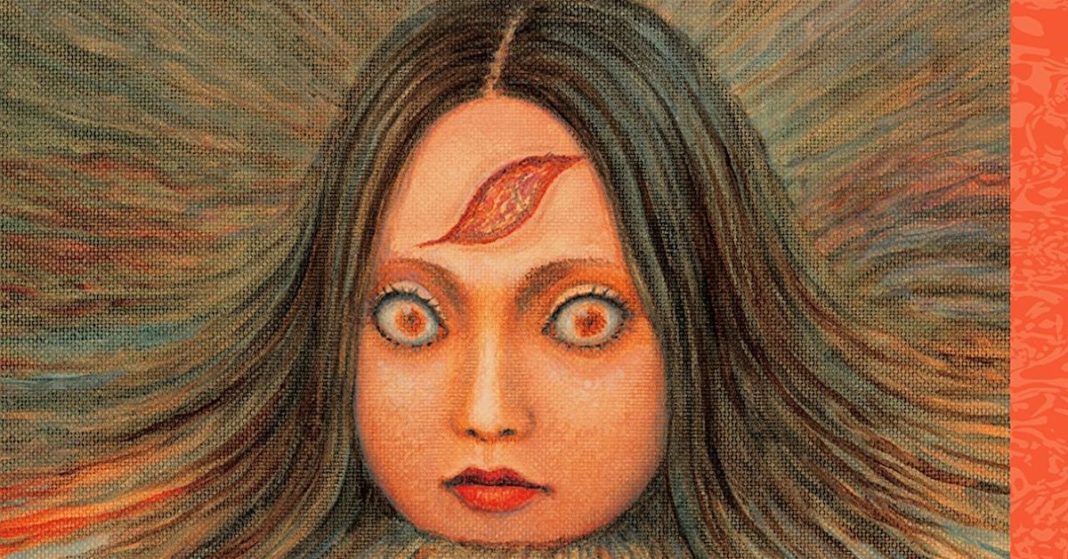
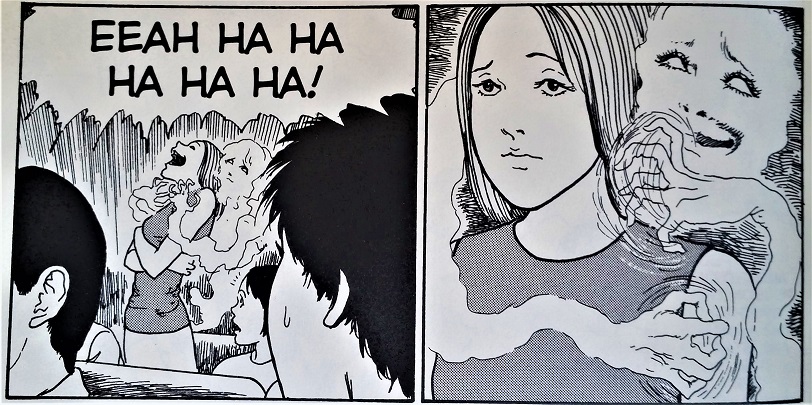
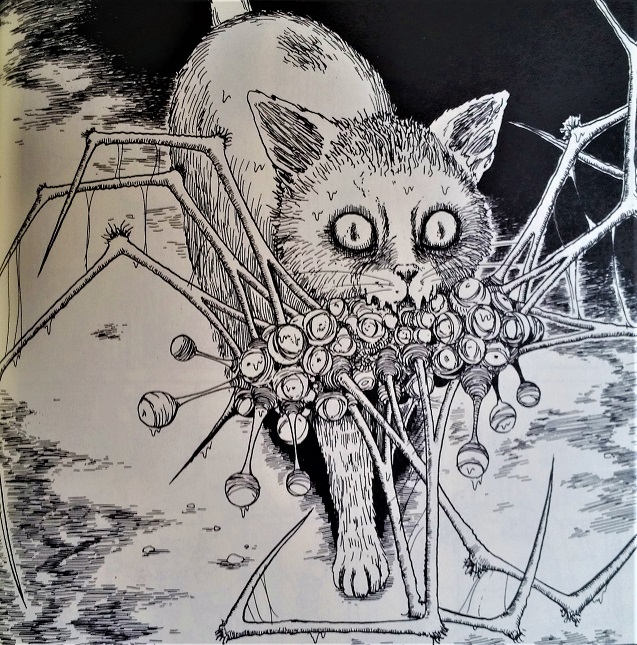
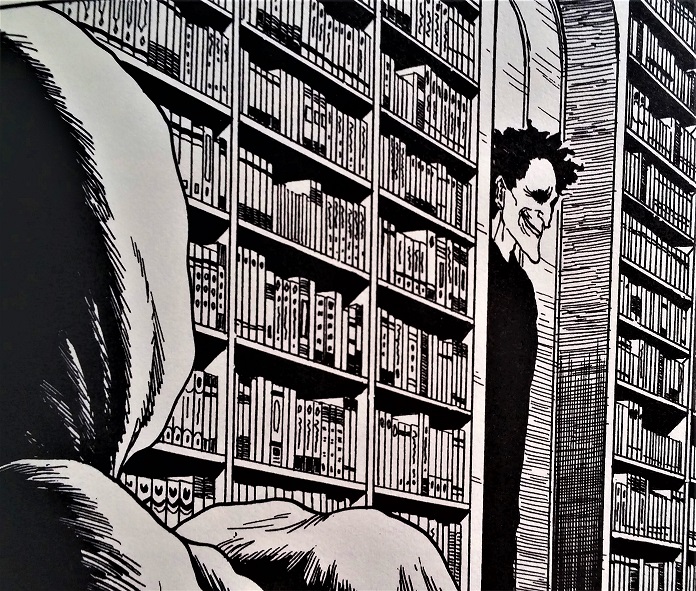
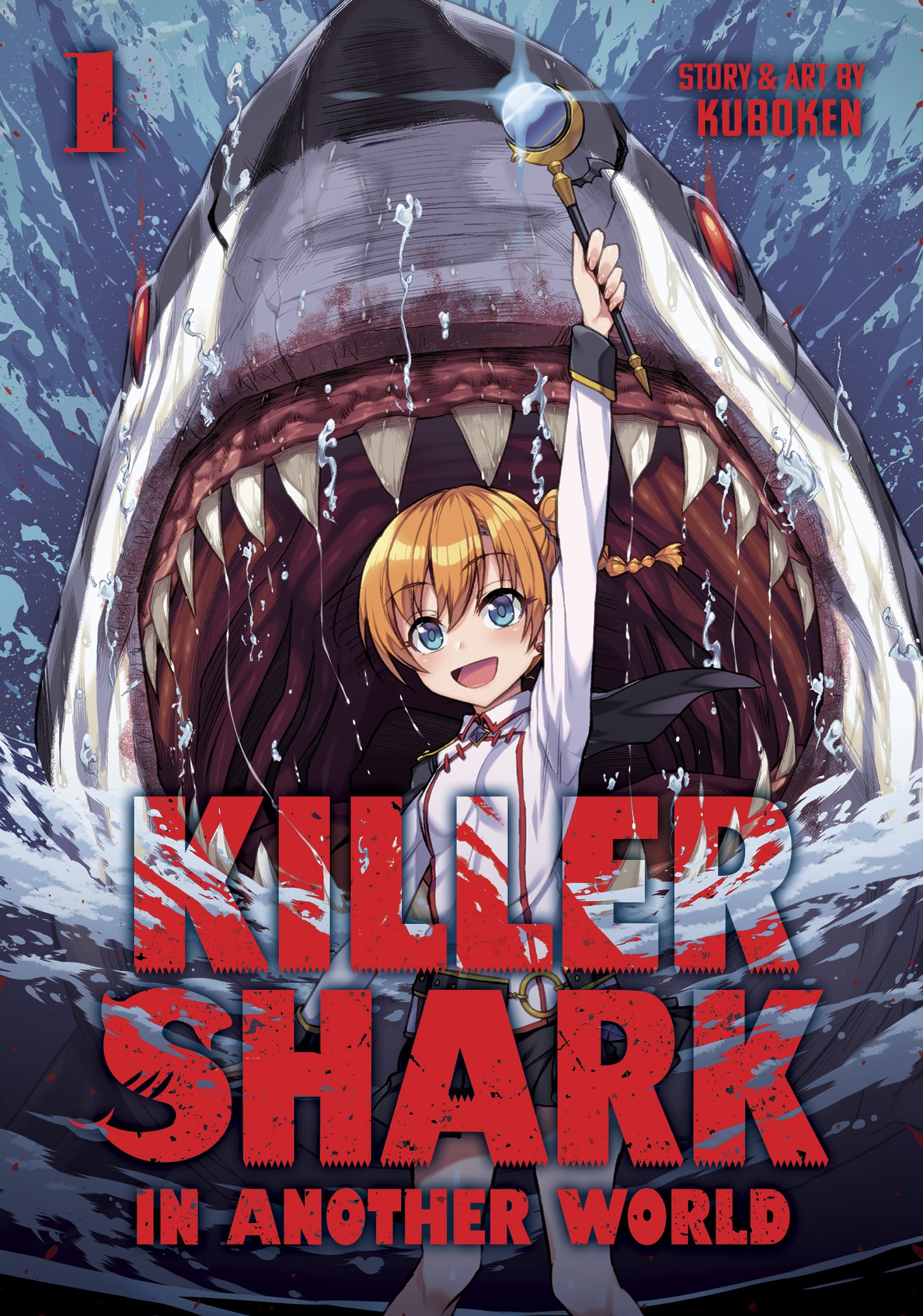

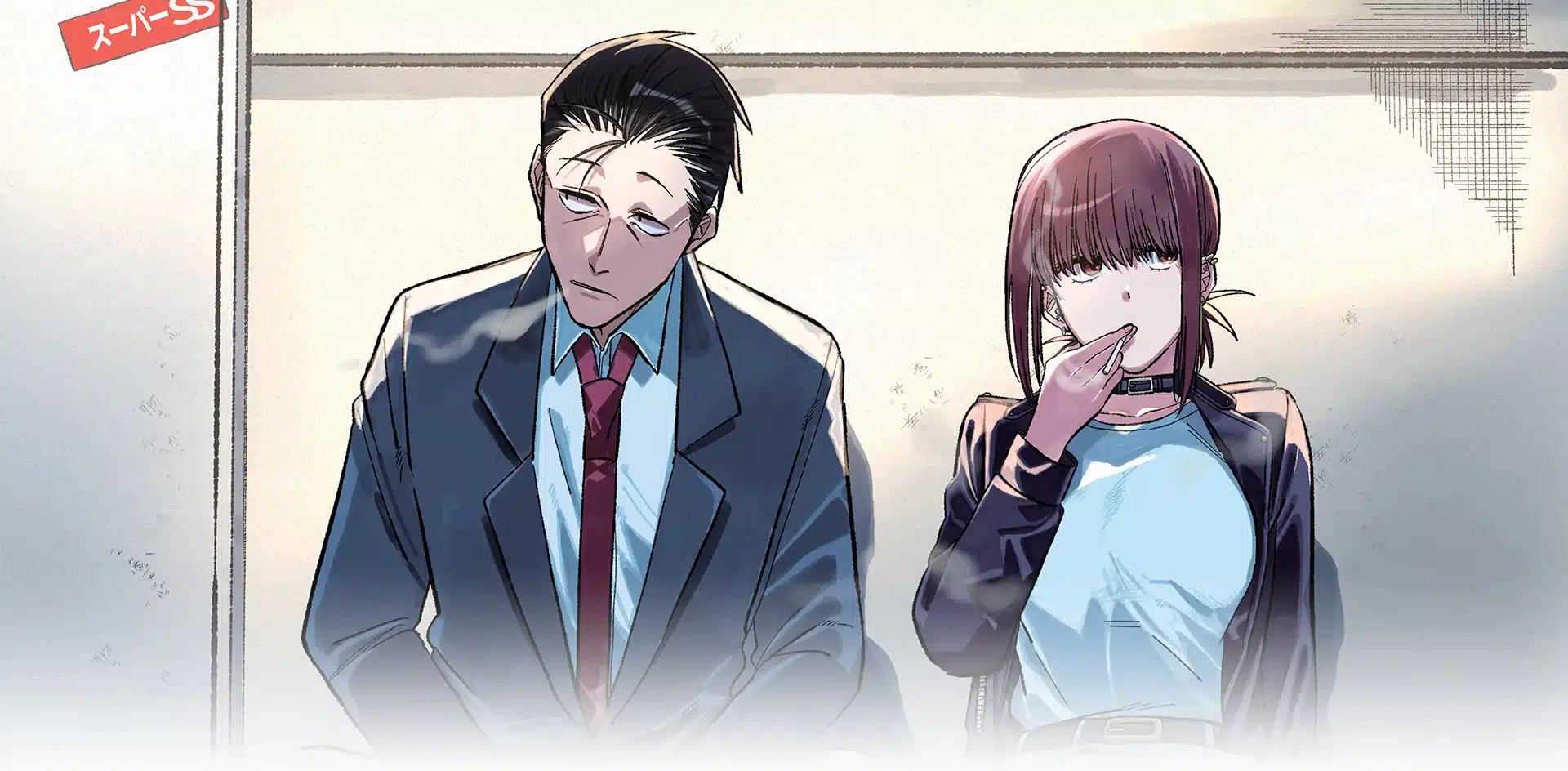


Comments are closed.